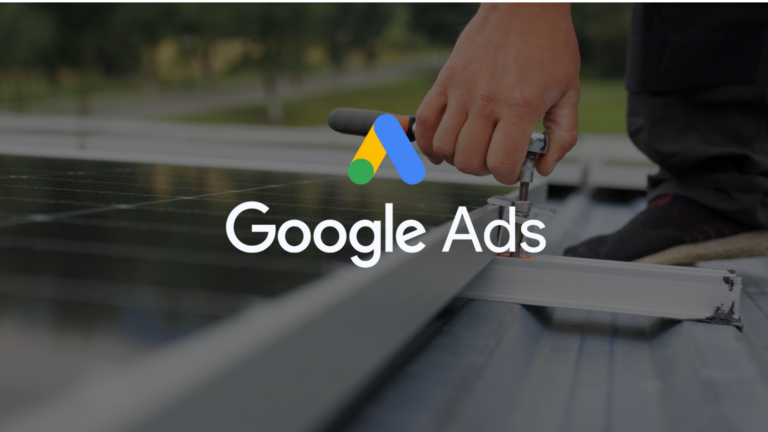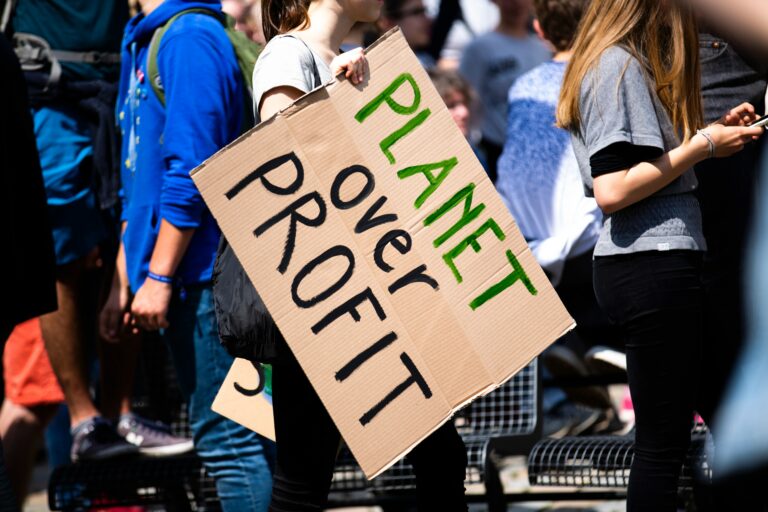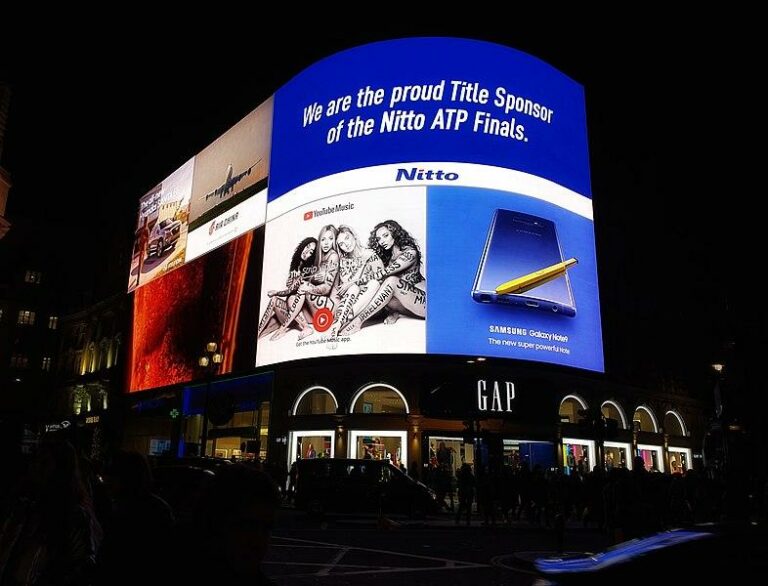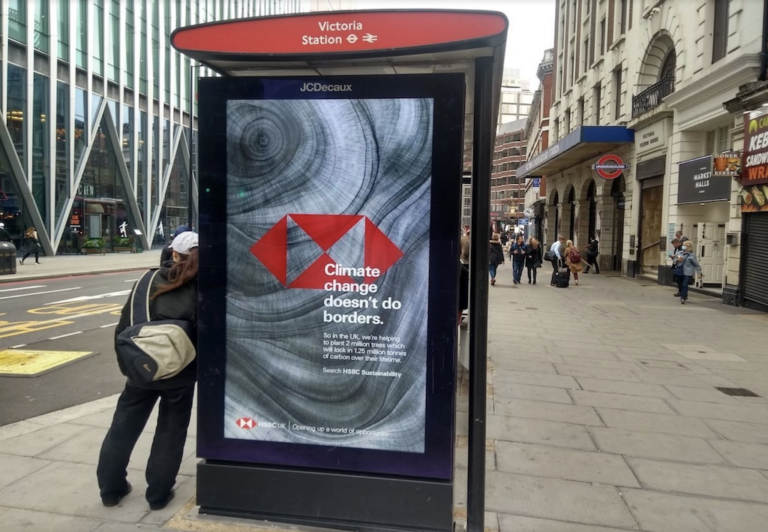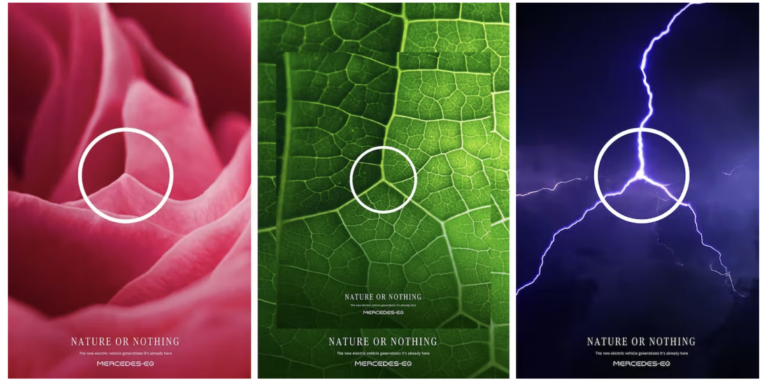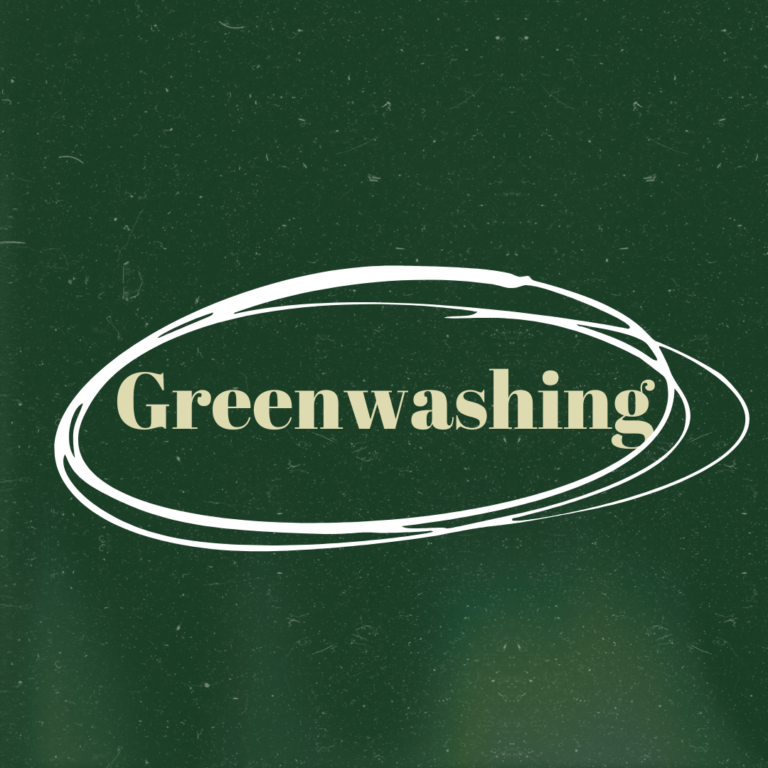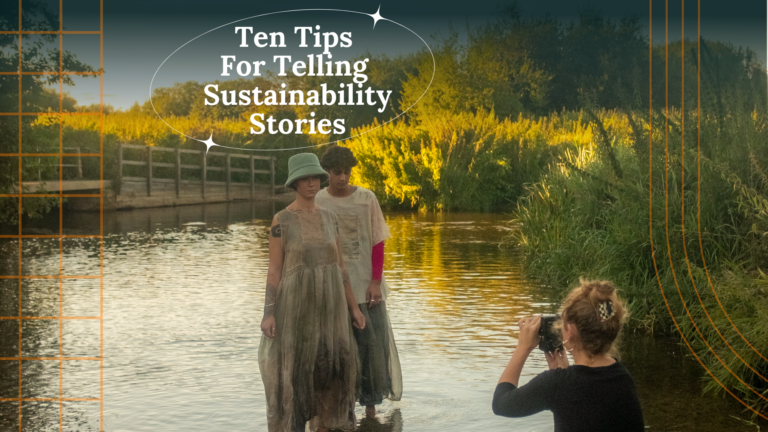What is sustainability storytelling?
And why is it important?
The power of telling a good story can be transformational, enlightening, emotional and life changing. Stories have been around for thousands of years and surround us in many forms from cave paintings and wood carvings to today’s animated films, Netflix’ episodic dramas and social media posts. But what makes a good story and why can it have such an effect? And why is that a vital part of bringing about change when it comes to sustainability? In this blog, we’ll consider the role of storytelling in creating change and how that impacts on sustainability society-wide.
Storytelling – a definition
Storytelling can be defined as the graphic description of ideas, beliefs, values, personal and collective experiences, and life-lessons through stories or narratives that evoke powerful emotions and insights.
Storytelling enables the articulation of emotional aspects as well as factual content, allowing the expression of unspoken knowledge (which is difficult to get across). It provides the broader context in which knowledge arises, increasing the potential for meaningful knowledge-sharing. And, by setting facts within a narrative structure, it increases the likelihood that learning will take place and then be passed onto others.
Purposeful storytelling can deliver results that conventional, abstract modes of communications such as Company reports, presentations, formal speeches or filmed interviews cannot. It can be a powerful mechanism to bring about the desired change in individuals, communities, organisations, and society as a whole.
Sustainability storytelling in a business context
When it comes to business, storytelling is a strategic branding practice by which companies apply narrative structures over branded content. Businesses use the power of storytelling as a tool for strategic change as it engages audiences cognitively, emotionally, and behaviorally.
Sustainability is now thankfully high on the strategic agenda for most businesses. And, while some companies have been sustainable since their inception, others are now repositioning themselves to be associated with sustainability values. In both cases, communicating about sustainability is key but requires delicate handling to avoid misleading perceptions.
Apple’s recent sustainability video is a good example of a business using sustainability storytelling to reposition itself as it transitions into a fully sustainable business by 2030. It uses the narrative to convey its targets, humanising the abstract concept of Mother Nature whilst being open and transparent about the fact they still have a long way to go to bring its carbon footprint down to zero.
In a business context sustainability storytelling can do several things:
- Make abstract concepts meaningful
- Articulate emotions
- Help connect businesses, people and ideas
- Inspire imagination and motivate action in individuals, communities, organisations, and society as a whole.
- Enable a business to demonstrate its authenticity and transparency
- Create sense, coherence, and meaning
- Develop valuable descriptions of the situations in which knowledge is applied and solutions are found
- Examine organisational values and culture
- Communicate complex messages simply
- Operate effectively in networks
- Inspire change
Your brand and sustainability storytelling
Make it your story by making it personal
One of the most important things to bear in mind when putting together a sustainability story is that it has to be authentic and believable. And the best way to do that is to make the story personal to your business and brand. Customers are more likely to engage with your brand if they can see or hear your personal experience and in turn feel that in doing so they are making a difference too. Show them what impact they will be making with their purchasing decision if they choose your business? And by keeping the message relatable and simple they are more likely to tell other people about you, your brand and your story.
Fitting into the bigger picture
Your sustainability story needs to fit into the bigger picture and show that you are taking a holistic, rather than scattergun, approach to sustainability. Use your story to highlight what you are doing to improve your product, service, brand, company or industry. Tie it into the wider environmental challenges we’re facing, showing consumers why that work matters and how they too are having a positive impact by engaging with you.
Articulate emotions for a deeper connection
Storytelling has the unique power to evoke emotions, and when it comes to sustainability, emotional connections are key. By crafting narratives that highlight the importance of reducing carbon emissions and creating a cleaner environment for future generations, we can drive engagement, change perceptions and accelerate the widespread adoption of sustainable products, services and brands.
It can’t be all doom and gloom
Now, when crafting your personal real-life sustainability story, it’s important to remember that there are people suffering from climate anxiety. Every day we’re bombarded with images from the climate crisis – from floods, bush fires and drought to plastics in our oceans, so it’s no wonder people can be anxious about impending doom. If it’s not in the news, on the TV or being pinged to our phones, we’re being flight shamed in the office or judged at the checkout.
So, it’s vital to ensure that you highlight the many positives of the work you, your suppliers and those in your industry are doing. Tell your positive stories alongside the negative and present your readers and viewers with actionable solutions. Be realistic about the issues and honest about the facts.
Individual actions and votes matter
Reminding your consumers that even the smallest actions can help is important.
Tiny actions can help spark positive behaviour change, inspire others around you and empower people to act. From reducing your meat consumption and recycling all your single use plastic to using reusable cups and recyclable coffee pods, everything you do can help make a difference.
And remember your vote matters too! The recent move by the current UK Government, scaling back its climate commitments was met with despair by climate scientists and environmental experts who said it would cost consumers more in the long run and threaten the UK’s global leadership on the issue. So, if you want to play your part in getting green policies front and centre in the UK , it’s important to consider which party you support when it comes to future local and general elections.
And finally….
Living sustainably is often seen as a ‘sacrifice’ to other ways of living rather than something amazing and creative. We need to shift that perception and make sustainability the desirable way to live. Through sustainable storytelling we can change the narrative, connect emotionally and sell sustainable living, so that it becomes the norm, integrated into our everyday lives.
We all want to live in a cleaner, greener, healthier world, don’t we?
Floom Creative
We specialise in creating narratives for brands, nonprofits and charities that have their values rooted in environmental and ethical consciousness. By communicating your vision through visual sustainable storytelling, we can help your brand to flourish.
Let’s talk! We’d love to help you with your sustainable storytelling. Contact us now.
Check out our Blog HERE
Follow us on socials:






